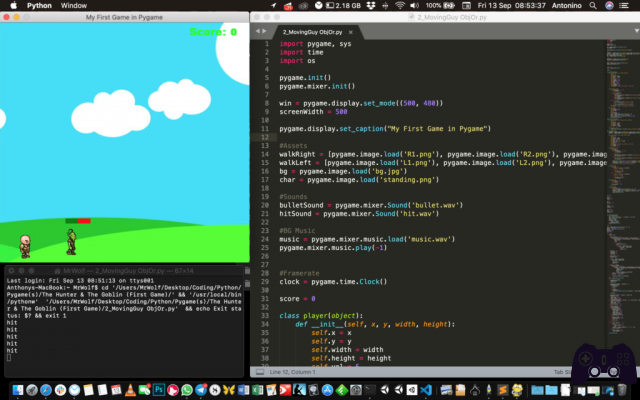

If you're a developer looking to create your own game engine from scratch, check out this tutorial for coding your own a simple game engine Steps Part 1 Part 1 of 4:Learn to Program Part 1. When the scene changes, the lighting reacts instantly. You can create a game engine to simplify the programming process for all of the games you make. It is a sequential rules engine as opposed to a non-sequential rules engine like a RETE-based rules engine. One example is how much moonlight would diffuse across a valley when the moon is in different positions in the sky or blocked by terrain like mountains. Designing an engine for a specific game/application is much easier, faster, cheaper, and easier to optimize. Rather than build your own rules engine, you might want to consider the Open Source N-CUBE engine, an Open Source Java rules engine that uses Groovy as the Domain Specific Language (DSL). Lumen provides photorealistic light reactions in dynamic environments. UE5's Lumen is the next step, and it's quite a big one. The way computers represent lighting in video games has traveled leaps and bounds from where it began. Nanite geometry allows you to import source art of polygon counts in the millions and billions and have it work right in your game without a hitch-this is extremely exciting for 3D artists and animators. You can't expect your game to run well if your character is made using 1,500,000 polygons. Polygon limits are a factor in designing any level or creating any character for your game. How do they hope to achieve this? With the help of two core technologies, Nanite and Lumen. UE5 (in comparison to UE4) demonstrates a strong focus on improving video game graphics to movie quality CGI and perhaps even better.


 0 kommentar(er)
0 kommentar(er)
